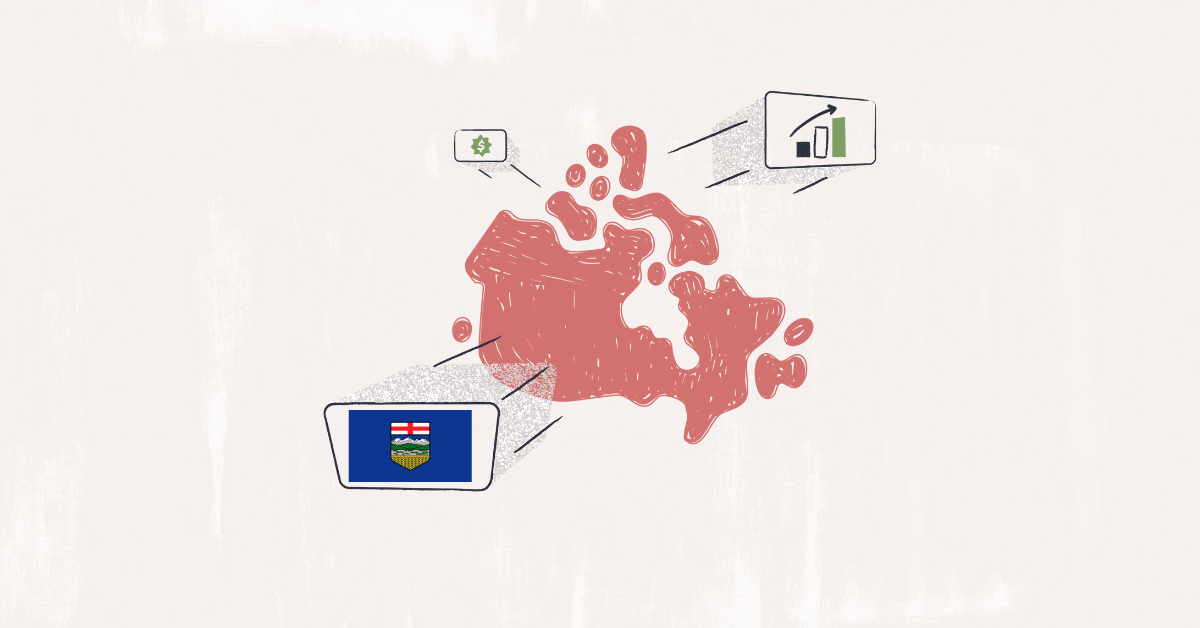Become an insider!
Get our latest payroll and small business articles sent straight to your inbox.
A simple and straightforward payroll looks at an employee’s gross annual or hourly pay rate, divides it by the frequency of your payroll and then applies the necessary Federal, State and Local taxes. This final amount is the net income that gets deposited into your employee’s bank account.
Occasionally though, you’ll need to go beyond the Regular Wages (which is the income type described in the scenario above) to account for additional incomes and / or deductions.
Payroll incomes are just a fancy way of referring to any income you might receive in addition to your regular pay. You’ve probably heard of some of the common ones like bonuses and commissions, but we’re bringing you a comprehensive list of all the payroll incomes you need to know about, so we can get you one step closer to becoming a payroll pro.
The Income Types Commonly Used in Payroll:
- Bonus – This is beyond a normal payroll compensation. A bonus is something you give an employee over and above his / her regular wages. Bonuses are commonly used as a method to reward employees for their performance.
💡Click here to learn how the bonus tax method works in Canadian payroll, and for our small business owners in the United States, we’ve got a great post that shows you how to handle taxes on bonus wages like a payroll pro!
- Car Allowance – This is an allowance employers can provide if employees use their own vehicle in relation to their job or during the course of their employment.
- Commission – This is defined as the payment an employee receives when he/she completes a task, usually sales-related. The commission can be a flat rate or a percentage, based on sales volume.
- Overtime – An income type that is commonly associated with hourly employees, overtime is additional payroll income an hourly employee should receive if he/she works more than 40 hours during the workweek. It is calculated at 1.5 times an employee’s regular hourly rate.
💡Use our handy overtime infographics to see when overtime rules kick in across Canada and the United States.
- Double Overtime – As the name suggests, this income type is used when you need to pay an employee two times his/her regular hourly rate. Double Overtime is only applicable in the state of California in the US and the province of British Columbia in Canada. So, if your company is based in either one of those locations or you have employees who work there, you would be required to pay Double Overtime as needed.
💡If your business fits the description above, here’s absolutely everything you need to know about double overtime.
- Expense Allowance – If you allocate cash that your employee can use to cover expenses like lunch or coffee, etc., you can use this income type to keep track of those payments. This is usually paid out with each paycheck.
- Expense Reimbursement – Similar to an expense allowance, this income type is used to reimburse an employee for out-of-pocket expenses they incur in relation to their job e.g. flight tickets, hotel booking, etc. However, in this case the employees are required to submit receipts for expenses incurred before it is paid out.
- Vacation Pay – In Canada, employers are mandated to give employees a minimum of 4% of their gross wages for a year of employment. Unfortunately, there is no such rule in the US. Paid time off plans in the US are set up and paid out at an employer’s discretion.
💡Click here to learn how to structure paid time off plans in the US and click here to learn about the different ways to handle vacation pay in Canada.
- Holiday Pay – US employers are not required by law to pay employees for Federal holidays, so this income type is also used at an employer’s discretion. On the other hand, Canadian employers are required to pay statutory holiday pay, assuming employees are eligible to receive holiday pay.
- Time Worked on Holiday – In Canada, an employer is required to pay an employee if he/she worked a statutory holiday. The pay out varies depending on the province, but it is commonly calculated at 1.5 times the regular rate.
💡Check out our post on the topic of statutory holidays in Canada and how you can determine worker eligibility and holiday pay rates for hours worked.
- Sick Pay – US and Canadian employers are not required by Federal law to offer paid sick leave. However, Canadian employees who pay into Employment Insurance (EI) might be eligible to receive cash benefits during sick leave.
- Back Pay or Retro Pay – This income type is used if an employer needs to make up the difference between what an employee is owed vs. what he/she was paid. For instance, if an employee’s salary was calculated based on the wrong rate of pay or if an employer is found responsible for wage violations.
- RRSP Earned – This income type is used to track how much of an employee’s income can be taken into consideration when the RRSP deduction limit is calculated.
- Direct Tips – This income type is used to pay out any tips an employees earns in cash from a client directly.
- Indirect Tips – Like the Direct tips income type, this additional payroll income is used to pay out any tips an employee makes from a client who paid using a credit card.
- Final Pay – This income code is used to denote the final total amount paid to an employee who is leaving or was terminated. This usually includes regular pay as well as any vacation pay owed, when applicable.
Disclaimer: The advice we share on our blog is intended to be informational. It does not replace the expertise of accredited business professionals.












